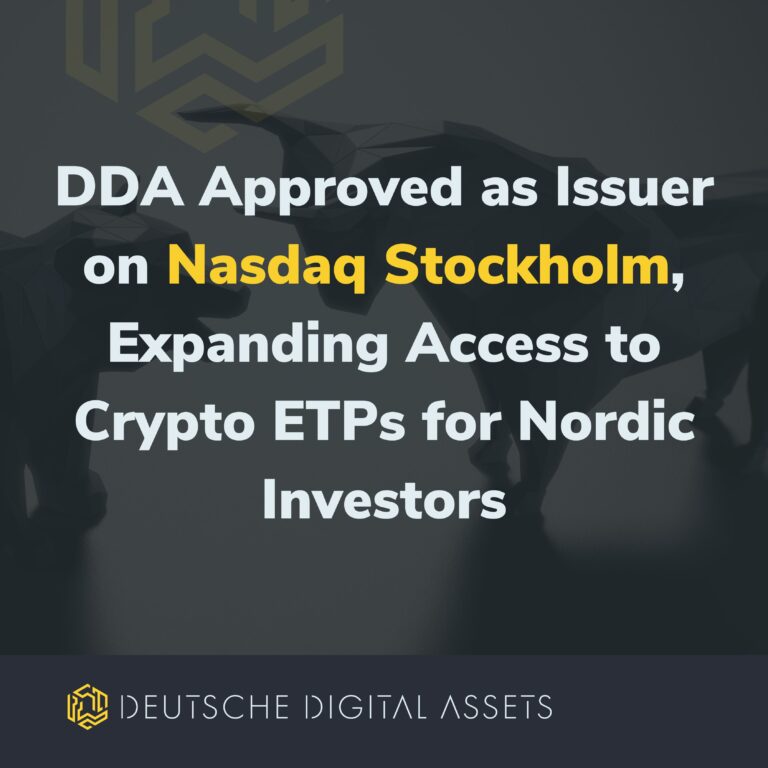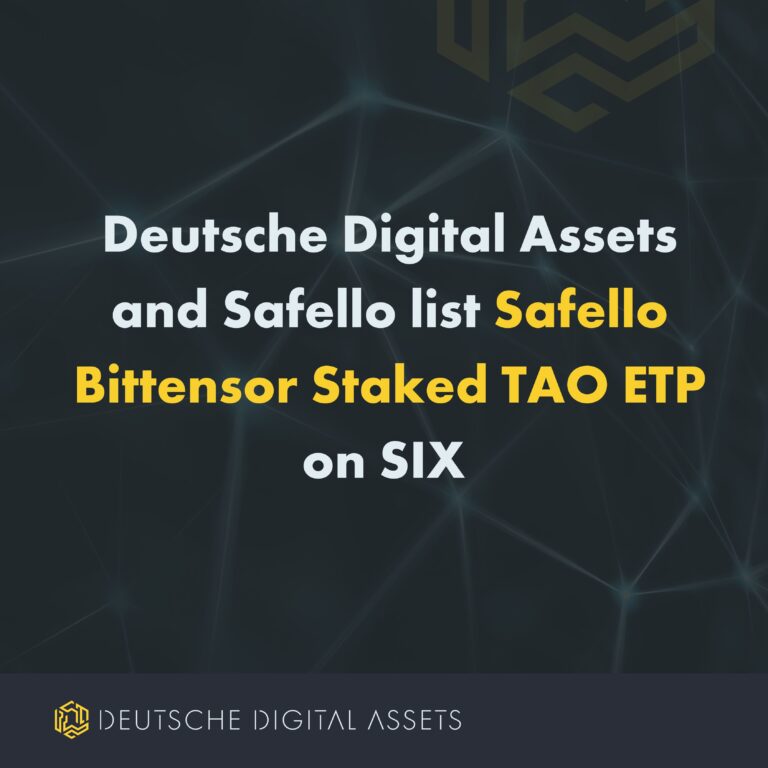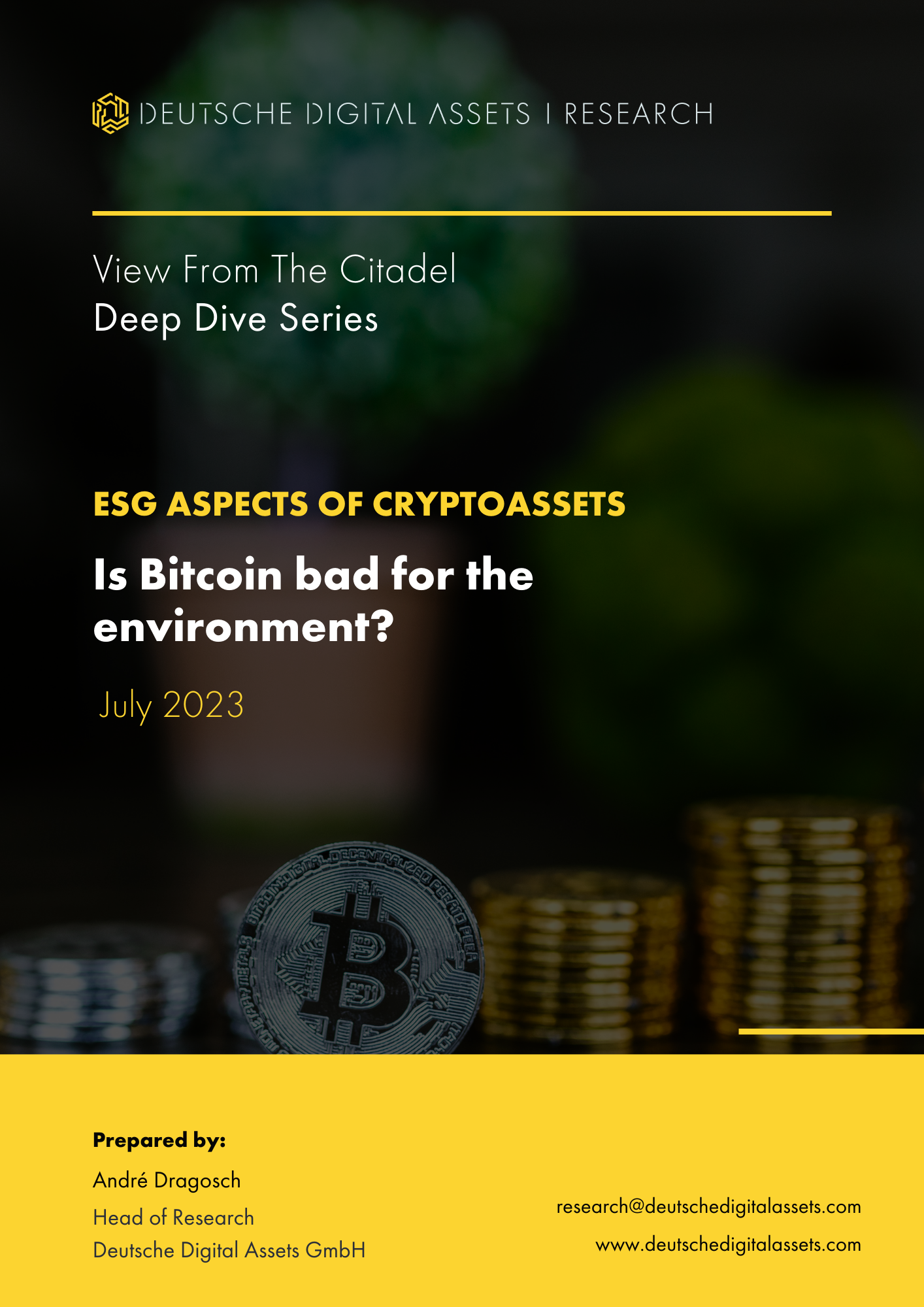Eine der ältesten Geschichten der Blockchain ist der Vergleich der letzten zehn Jahre mit den Anfängen des Internets. Ein junger Bill Gates, der versucht, den Late-Show-Moderator David Letterman davon zu überzeugen, dass Radio und Fernsehen einfach nicht ausreichen, ist ein großartiges Beispiel für vorausschauende Innovation, die die Anforderungen der Zielgruppe erfüllt. War die Fähigkeit, Informationen über elektronische Post oder Streaming-Netzwerke auszutauschen und sofort abzurufen, für die Bevölkerung notwendig? Ja, aber der Wille zur Übernahme war noch nicht da - noch nicht. Ein paar Jahrzehnte später ist der Besitz einer E-Mail für eine Person oder ein Unternehmen wichtiger als eine physische Adresse. Auch wenn es ideologische Ähnlichkeiten zwischen dem World Wide Web und den Distributed-Ledger-Technologien gibt, müssen wir erkennen, dass die "Blockchain ist wie das Internet"-Erzählung veraltet ist und neue Geschichten erzählt werden müssen. Wir sind nicht alle Bill Gates, und wir sprechen nicht zu einem Late-Night-Fernsehpublikum. Daher verspreche ich als Vorsatz für das neue Jahr, dieses Narrativ nicht mehr zu verwenden, um das Potenzial von Krypto-Assets und Tokenisierung zu demonstrieren, sondern stattdessen die tatsächlichen Anwendungsfälle und Implementierungen in der Branche zu betrachten. Zu Beginn des Jahres 2020 haben wir viel, worauf wir stolz sein können.
Konzepte für dezentrale Netze, die digitale Finanzsysteme unterstützen, gibt es bereits seit den frühen 90er Jahren. In den letzten 30 Jahren haben universitäre Studien und institutionelle Initiativen, von denen einige das Versuchs- und Proof-of-Concept-Stadium erreicht haben, versucht, die perfekte digitale Münze und die Schienen eines Netzwerks zu entwerfen, das effizient und sicher für den Umgang mit einem staatlichen Vermögenswert wäre. Ein solches Tether würde die Art und Weise, wie Bargeld und Rohstoffe erworben, abgerufen und genutzt werden, neu definieren. Im Prinzip sollte es sinnvoll sein, langsame und teure Altsysteme, die auf archaischen Methoden und Praktiken beruhen, durch neue, aktualisierte Plattformen zu ersetzen und dabei die Vorteile unserer technologischen Entwicklung zu nutzen. Dennoch warten wir immer noch auf die "Killer-App" der Blockchain-Industrie und darauf, dass der Markt für Kryptowährungen reift und über das "spekulative" Stadium hinauswächst. Während wir warten, sollten wir einen Blick auf die echten Fortschritte werfen, die in den letzten zehn Jahren in den Bereichen Technologie, Gesetzgebung und Akzeptanz erzielt wurden.
Wenn Sie dies lesen, wissen Sie, dass das Bitcoin-Whitepaper 2008 veröffentlicht und der Genesis-Block 2009 geschürft wurde, aber wussten Sie, dass die erste Kryptowährungsbörse der Welt erst 2010 gegründet wurde? Bitcoin Market war der erste Schritt, um eine Handelsumgebung für den jungen Vermögenswert anzubieten. Im Jahr 2011 erreichte der Bitcoin-Kurs $1 - eine monumentale Leistung für eine neue Ware.
Mit dem vierjährigen Bestehen von Bitcoin haben wir die zweite Evolutionsstufe des Vermögenswerts gesehen. Bislang hatten Kryptowährungen versucht, eine Alternative zu traditionellen Vermögenswerten und zur Governance zu bieten, ohne jedoch einen greifbaren Wert in die Finanzmechanismen einzubauen. Um dieses Problem anzugehen, legte Tether, die erste Kryptowährung, die an den US-Dollar gekoppelt war, den Grundstein in Form eines Vorschlags, der die Fluktuation der neuen Vermögenswerte stabilisieren sollte. Dem Trend folgend begannen 2013 Risikokapitalgeber ernsthaftes Interesse an Blockchain-Projekten zu zeigen, darunter Pantera Capital, das sich dem Krypto-Hype anschloss und in die aufstrebenden Blockchain-Startups Circle und Bitstamp investierte - eine gute Investition, da sie bis heute zu den führenden Krypto-Börsen gehören. Im Jahr 2014 startete Ripple dann seine Initiative für den XRP-Token als Rückgrat der weltweit größten grenzüberschreitenden Zahlungsinfrastruktur für Institutionen, was ihm zur Position der zweitgrößten Kryptowährung nach Marktkapitalisierung verhalf.
In der ersten Hälfte des letzten Jahrzehnts erlebten wir den Aufstieg der Kryptowährungen und ihre anfängliche Akzeptanz. Die Erfordernisse der finanziellen Eingliederung und der Dezentralisierung prägten die Ideologie und die Innovation, um stärkere Verbindungen zwischen Systemen zu schaffen und komplexe Prozesse durch symbolische Token und Ledger der Wahrheit zu rationalisieren. Aber es war ein harter Aufstieg. Gerüchte über den Untergang von Bitcoin, die auch heute noch zu hören sind, kamen und gingen und kamen wieder. Institutionen versuchten, ihre Relevanz zu erhalten, indem sie die Werte der Technologie ablehnten und den Kopf in den Sand steckten. Und die Regulierungsbehörden steckten mitten in einer mexikanischen Pattsituation fest, wie in den alten Wildwest-Filmen, in denen jeder Scharfschütze eine Hand zum Ziehen bereithält und alles, was man braucht, ist der Klang eines Schusses, um den Beginn der Aktion anzukündigen. Das war Ethereum im Jahr 2015.
Intelligente Verträge waren die nächste Evolution der Distributed-Ledger-Technologie. Zunächst hatten wir vertrauenswürdige Ledger in einem nicht vertrauenswürdigen Ökosystem, die es ermöglichten, Aufzeichnungen über den Handel auf einer unendlichen Anzahl von Geräten für immer und ohne Kontrolle durch eine zentralisierte Einrichtung aufzubewahren und nicht zu verändern. Aber alles, was wir tun konnten, war, die Existenz und den Besitz eines digitalen Tokens zu verfolgen. Das Ethereum-Projekt ermöglichte es uns zum ersten Mal, in größeren Dimensionen zu denken. Dezentralisierte Anwendungen waren ein monumentaler Meilenstein, der Gruppen von Entwicklern die Möglichkeit gab, Implementierungen direkt auf einer Blockchain zu erstellen, für die die gleichen Vertrauensregeln gelten. Tech-Giganten wie Google, IBM, Amazon, Microsoft und einige der großen Banken begannen, mit der Idee dezentraler Produkte zu experimentieren. Sie richteten weltweit Innovationslabors ein und arbeiteten mit einigen der führenden Köpfe auf diesem Gebiet und mit Regulierungsbehörden zusammen, um ihre eigenen Anwendungsfälle zu lösen.
2017 war das Jahr der Vorherrschaft des Initial Coin Offering (ICO), eines Fundraising-Konzepts, das die Schaffung zahlreicher alternativer Vermögenswerte nach dem ERC-20-Standard ermöglichte, die dann an öffentlichen Börsen notiert wurden. Es folgten viele Untersuchungen, da es keine Vorgaben von Regulierungsbehörden und Aufsichtsbehörden gab, wer oder wie ICOs durchgeführt werden durften, was zu massenhaftem Betrug führte und viele Anleger ihr Geld an betrügerische Systeme verloren. Doch nicht alle ICOs waren ruchloser Natur. EOS von Block.One sammelte über $4 Milliarden für ihr Blockchain-Projekt, das eine Alternative zu Ethereum bot, und kündigte kürzlich an, dass eines dieser Projekte ein dezentrales soziales Netzwerk sein wird, das mit Facebook konkurrieren soll.
Wenn wir zurückblicken, haben wir viele Irrungen und Wirrungen der Kryptowährungen erlebt. Von einem Ideal, das vor vielen Jahren geboren wurde, zu einer Technologie, die aufgeholt hat und nun reif für die Gesetzgebung ist. Mit Definitionen für die Einhaltung von Vorschriften und klaren Standpunkten zu digitalen Währungen können wir echte Finanzprodukte und -instrumente entwickeln, um Innovationen und finanzielle Anreize voranzutreiben. Mit Blockchain können wir eine Aufzeichnung teilen, die von niemandem angefochten werden kann. Wissen ist Macht, Geld bringt die Welt in Schwung, und Tokenisierung ist das, was sie verbindet. Aber nehmen Sie mich nicht beim Wort: Kryptowährungen sind tatsächlich die am schnellsten wachsende Anlageklasse in diesem Jahrzehnt. Die Anleger zeigen uns, wohin sie ihr Vertrauen setzen, auch wenn es in Form von Babyschritten geschieht. Ich bin mir sicher, dass wir in den nächsten Jahren eine Menge interessanter Nachrichten hören werden.
Persönlich bin ich seit 2012 in der Blockchain-Branche tätig. Ich habe miterlebt, wie sich die Branche von einem jungen Konzept der finanziellen Inklusion zu einem starken Markt entwickelt hat, der sich jeden Tag weiter festigt. Es war eine wunderbare Reise und ein Privileg, ein Teil davon zu sein. Ich kann es kaum erwarten, zu sehen, was das nächste Jahrzehnt für uns bereithält. Ein frohes neues Jahr!















